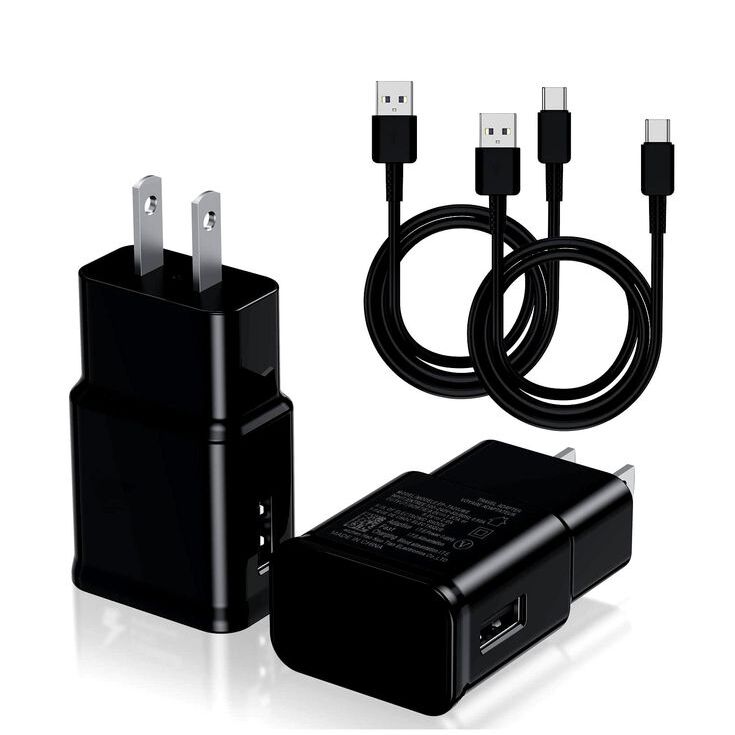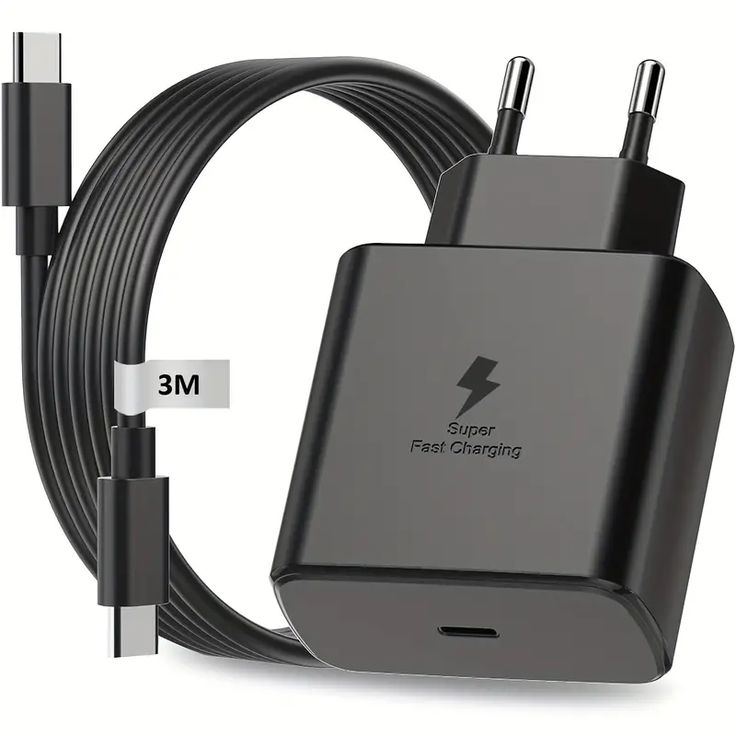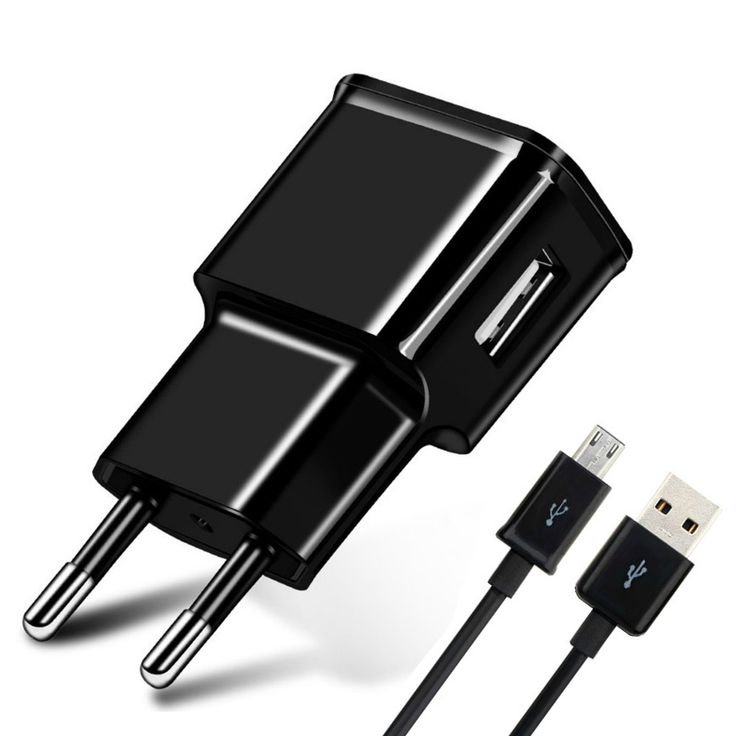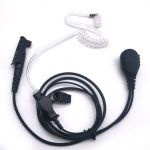Contents
The Evolution of Phone Charging Technology
The evolution of phone charger technology has brought significant advancements over the years. Today’s methods bypass the limitations of older techniques, providing convenience and efficiency to mobile users.
The Journey from Wired to Wireless Charging
Wired charging was once the standard for all mobile devices. Users dealt with long cables and often spent hours waiting for a full charge. As technology progressed, wireless charging emerged to revolutionize the experience. This innovation eliminates tangled cords, allowing users to simply place their phones on a charging pad. This minimalist approach suits modern lifestyles, making it easier to charge devices without fuss. Wireless charging also introduces features like automatic alignment, ensuring optimal contact without manual adjustments.
The Rise of Fast Charging Standards
Alongside wireless charging, fast charging standards have changed how quickly we can power our phones. Each brand competes to develop the fastest phone charger, pushing the limits of charging technology. Fast charging enables users to gain significant battery power in just a short time. For example, a brief 15-minute charge can provide several hours of use, which is invaluable for busy individuals. These advancements mean no more long waits for a full battery, allowing users to stay connected throughout their day. As technology continues to evolve, we can expect even more improvements in phone charging methods.

Understanding Modern Phone Batteries
To fully grasp advancements in phone charging technology, understanding modern phone batteries is essential. These batteries are typically lithium-ion, known for their lightweight and high energy density. They enable longer usage times and quicker charging. Additionally, managing battery health and longevity plays a crucial role in optimizing performance.
How Phone Batteries Work and Their Limitations
Phone batteries are typically lithium-ion (Li-ion) or lithium-polymer (Li-Po). These batteries have high energy density, meaning they can store a substantial amount of power relative to their size. This makes them ideal for the compact spaces within smartphones.
However, they do have limitations. For instance, they have a finite number of charge cycles. Each cycle slightly degrades the battery’s ability to hold a charge. Temperature extremes can also affect their performance and lifespan. Moreover, constant high-speed charging may generate heat, which can further reduce battery longevity.
Improving Battery Longevity While Charging
To maintain the health of your phone battery, consider the following essential tips. Each step you take can significantly enhance the longevity of your device’s battery life.
Use a Compatible Phone Charger
Always ensure that your phone charger matches your device’s specifications. Using an incompatible charger can lead to overcharging, potentially damaging the battery. Investing in a high-quality charger designed for your specific phone model promotes better battery health.
Avoid Full Discharge
It is beneficial not to let your battery drain completely. A good practice is to recharge your phone when the battery level drops below 20%. This habit helps prevent deep discharge cycles, which can shorten battery lifespan.
Remove Cases While Charging
If your phone warms up during charging, consider removing its case. Excess heat can negatively impact battery performance and longevity. Allowing proper airflow around the device helps manage temperature effectively.
Prefer Moderate Charging Speeds
While fast chargers offer convenience, frequently using them can place stress on the battery. When time permits, opt for a slower charging speed to provide a more gentle power boost.
Keep Your Phone Cool
Avoid leaving your phone in hot places, such as a car dashboard. High temperatures can induce wear and tear on the battery, leading to reduced efficiency.
By understanding how phone batteries function and following these strategies, you can enhance your daily phone usage. By adopting these measures, you also contribute to the sustainability of your electronic devices, ensuring they perform optimally for years to come.

Cutting-Edge Chargers and Technologies
The world of phone charging continuously evolves, shaping how users recharge their devices. New charger technologies aim to enhance efficiency and convenience, catering to users worldwide. These innovations respond to the growing demand for faster and more sustainable charging solutions.
GaN Chargers: The New Wave in Efficiency
GaN chargers have emerged as a revolutionary product in the realm of phone chargers. Gallium Nitride, represents a significant advancement over traditional silicon used in most electronics. This material conducts electricity more efficiently, resulting in enhanced performance. As a result, GaN chargers are smaller and lighter, making them highly portable. Many users appreciate that they can charge their devices faster while generating less heat in the process. This efficiency ensures that users can power up their phones quickly without compromising the charger’s durability or risking the battery health of their devices.
Solar and Kinetic Charging Innovations
The growing push for sustainable energy has led to innovative solutions like solar and kinetic phone chargers. Solar chargers harness the sun’s power to recharge your devices. They are ideal for outdoor enthusiasts, campers, and individuals in areas with limited access to traditional power outlets. These chargers offer a renewable energy source that makes them a perfect companion for travel and outdoor activities.
Kinetic chargers present another exciting development. They convert physical motion into electrical energy. This feature makes them perfectly suited for charging devices on the go, such as when walking or cycling. Kinetic chargers typically utilize mechanisms that generate power from body movement, making them an excellent choice for active individuals.
Both technologies not only offer endless charging capabilities but also reduce dependence on conventional electricity, paving the way for eco-friendly phone charging solutions. By embracing these innovations, users can contribute to a more sustainable future while enjoying the convenience of modern technology.
Smart Charging Practices for Your Phone
Adopting smart charging practices can significantly extend your phone’s battery life and enhance its performance. Using the right techniques makes sure your phone remains charged without stressing the battery. Here’s how to optimize your charging routine and avoid common mistakes.
Optimizing Your Charging Routine
To optimize your charging routine, follow these steps:
- Charge periodically: Avoid draining your phone battery completely. Charge your phone when it reaches about 20-30%.
- Choose quality chargers: Invest in a good-quality phone charger that aligns with your phone’s specifications.
- Avoid overnight charging: Try not to leave your phone charging overnight, as this may lead to overcharging.
- Use smart charging features: Many phones come with settings that prolong battery life by controlling how your phone charges.
- Disconnect once charged: Unplug your phone once it reaches 100% to prevent unnecessary battery strain.
By fine-tuning these aspects of your charging routine, you can maintain a healthy phone battery and ensure optimum usage throughout the day.
Avoiding Common Charging Mistakes
Steer clear of these charging pitfalls to keep your battery in top shape:
- Don’t wait for 0%: Charging from a completely dead state can harm battery health.
- Resist frequent topping off: Constantly charging your phone to 100% isn’t necessary and can reduce the battery’s lifespan.
- Steer clear of heat: Whether using a phone charger or not, keep your device away from heat sources to prevent damage.
- Don’t use damaged cables: Frayed or broken cables pose a safety risk and are less effective at charging.
- Avoid fast charging excessively: While convenient, excessive use of fast chargers can degrade the battery faster.
Bearing in mind these do’s and don’ts will help your phone battery last longer, saving you time and potentially money on replacements.

The Impact of Phone Charging on the Environment
Eco-Friendly Charging Solutions
As we embrace mobile technology, the impact of phone charging on the environment becomes a critical concern. Sustainable practices are not just a trend; they are necessary for our planet’s health. The phone charger industry is noticing this and is now offering eco-friendly solutions. Solar panel chargers are a perfect example, tapping into the renewable energy of the sun to charge phones. Another innovative solution is the hand-crank charger, which uses human effort to produce energy. Cutting down on electricity use with these methods can significantly reduce carbon footprints.
Eco-friendly charging also extends to power banks that store solar energy for later use, making them ideal for times when sunlight is not available. These initiatives not only contribute to reducing pollution but also encourage the use of renewable energy sources in our daily lives. By opting for these green phone charger options, users can take a step towards a more sustainable future while keeping their devices powered.
The Role of Recyclable Materials in Phone Chargers
The pursuit of sustainability in the phone charger market is also focusing on materials used. Manufacturers are starting to use recyclable materials to create phone chargers. This includes biodegradable plastics and metals that are easier to recycle. Using recyclable materials reduces waste and the demand for new resources. It also helps in cutting down the amount of electronic waste, which is a growing problem worldwide.
Some companies go further by offering take-back programs for old chargers, ensuring they are disposed of correctly or recycled. This practice not only helps in minimizing environmental impact but also promotes a circular economy. Shifting towards recyclable materials and responsible disposal methods are essential steps in making phone charging more eco-friendly. This change not only benefits the environment but also appeals to consumers who value sustainability. Choosing a phone charger made with recyclable materials is a simple but effective way to support environmental conservation.

Future Trends in Phone Charging
With phone charger technology moving forward at a brisk pace, we can anticipate even more exciting innovations. Future trends promise to offer not just improvements in existing charging methods but the introduction of groundbreaking technologies that may redefine how we power up our devices.
Advancements in Wireless Charging Range and Speed
Wireless charging technology is on the verge of becoming faster and more convenient than ever before. Researchers are currently focused on increasing both the charging speed and range of wireless systems. Soon, charging your phone could be as simple as entering a room without any hassle.
Imagine a future where your phone starts charging the moment you sit at your desk, eliminating the need for precise alignment on a charging pad. This innovation will be made possible through enhanced wireless charging networks, which will allow for greater freedom of movement. Users will enjoy the convenience of charging their devices as they go about their daily tasks.
Currently, major tech giants invest heavily in extending the range of wireless chargers. This initiative aims to create wireless charging hubs that are more widespread in public spaces, such as cafes and airports. With these advancements, the need to carry a phone charger may very well become obsolete, paving the way for a new era of seamless charging solutions.

The Potential of Over-The-Air Charging
One of the most intriguing developments on the horizon is over-the-air (OTA) charging. This technology, still in its infancy, promises to charge electronic devices without the need for direct contact or cumbersome charging mats. OTA charging utilizes radio frequency (RF) waves to transfer power wirelessly, converting these waves into battery-charging energy safely.
How It Works
The mechanism behind over-the-air charging involves sending RF signals from a power source to a compatible device. The device then captures these waves and converts them back into electrical energy, effectively charging the battery. This innovative approach eliminates the traditional issues associated with plugging in and disconnecting chargers.
Future Implications
Companies are diligently refining this technology to enhance its safety and efficiency. The goal is to create systems that can charge devices over several feet, making charging as effortless as walking into a room. Once perfected, OTA charging could revolutionize the way we interact with our devices. Users would no longer need to worry about their batteries draining. This seamless power solution could lead to uninterrupted use, leveling up our daily technology experiences.
The integration of these technologies into our daily lives will require time, but they are set to mark the next leap in the evolution of phone chargers. As an SEO expert and a professional blogger, it is exciting to keep an eye on these leading-edge developments. Sustainable, convenient, and powerful phone charging solutions are on the horizon, and we are heading towards a future where keeping our devices powered is seamless and unrestricted by cords or proximity to power outlets.

